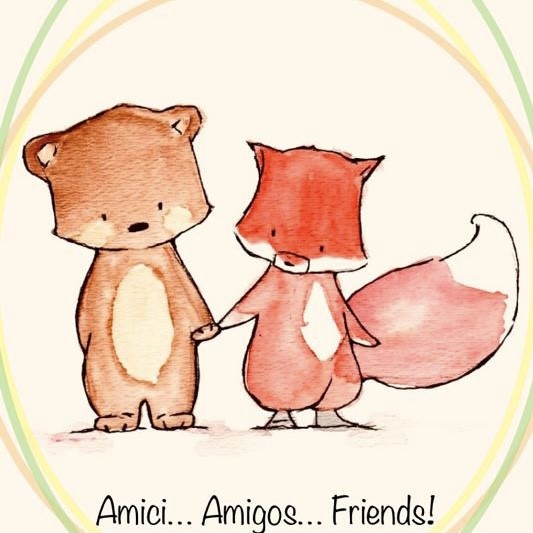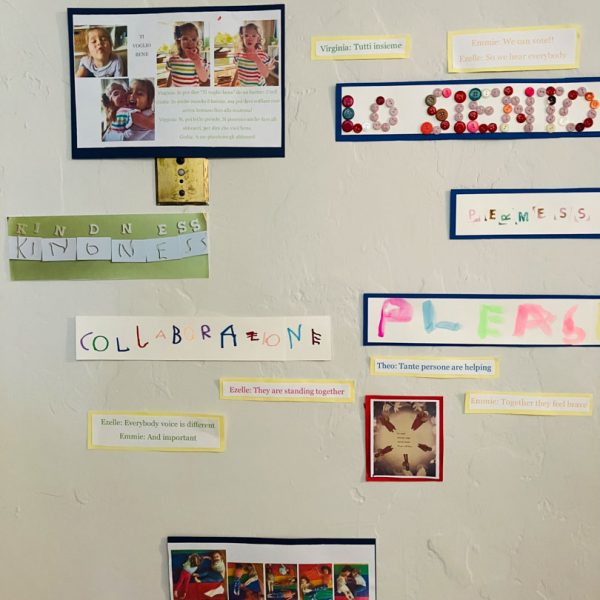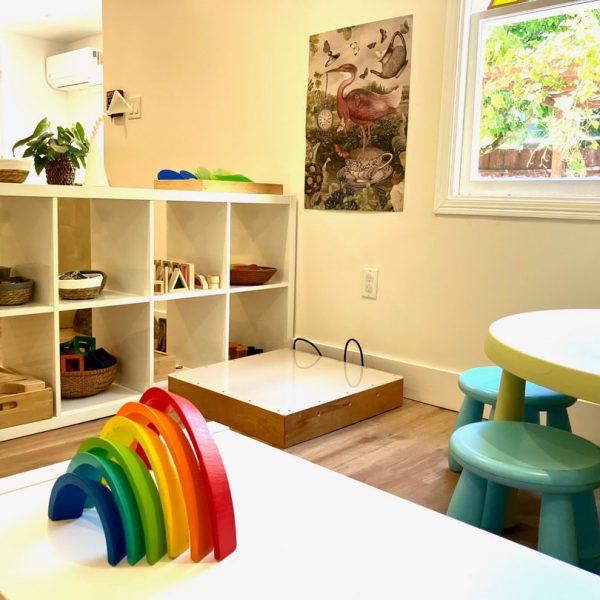Educational Project
Progetto Pedagogico
Italian & Spanish
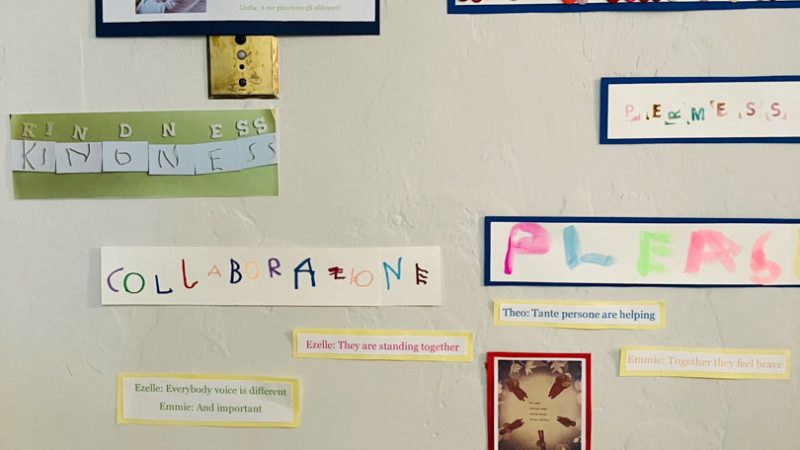
FB is an Italian and Spanish immersion preschool where children not only learn new languages but are also introduced to diverse cultures, traditions, and ways of thinking. Through exploring new customs, foods, music, and art, they gain a broader understanding of the world.
A new language not only enhances their overall communication abilities but can boost cognitive skills such as problem-solving, creativity, and multitasking. It also improves memory and can make it easier to learn additional languages in the future.
The children have an opportunity to share their knowledge and experiences with peers creating a sense of community and collaboration. Students learn not only from teachers but also from each other, creating a dynamic and supportive learning environment.
Our goal is for children to develop a global perspective, to gain empathy and appreciation for diversity, which is increasingly important in our interconnected world.
Reggio Emilia
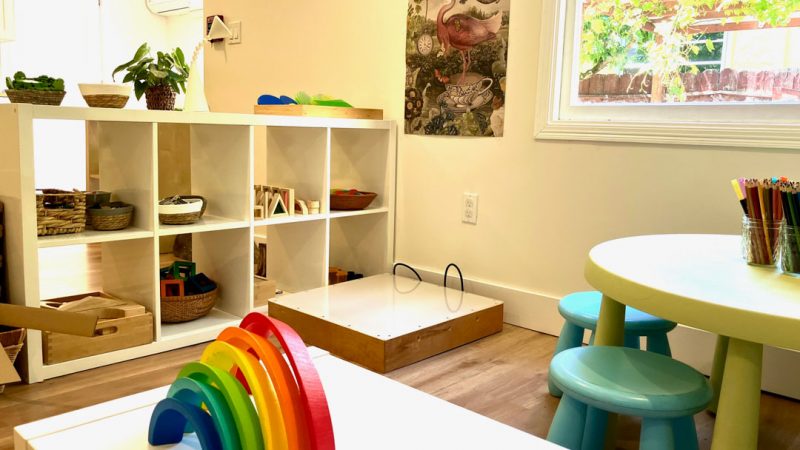
The Reggio Emilia approach fosters an educational environment where children’s voices are heard, their ideas are valued, and learning is a collaborative, evolving process.
Child-Centered Learning: In Reggio Emilia, children are active participants in their own learning journeys. They are encouraged to explore, ask questions, and express their thoughts and ideas. This approach values children’s natural curiosity and creativity.
- Role of the Environment: The learning environment is often referred to as the “third teacher” in Reggio Emilia. It is designed to be flexible and responsive to the needs and interests of the children. The environment is thoughtfully arranged to encourage exploration and interaction, and it takes shape based on the ongoing projects and experiences of the children.
- Teacher’s Role: Teachers in the Reggio Emilia approach act as facilitators rather than direct instructors. They observe, listen, and document children’s activities and progress through various means, including photographs, notes, and recordings. This documentation helps teachers understand and support each child’s interests and learning processes.
- Documentation and Reflection: Documentation is a key practice in Reggio Emilia. It involves capturing children’s thoughts, ideas, and interactions through visual and written records. This documentation not only provides insights into children’s learning but also allows for reflection and planning of future activities based on children’s emerging interests.
- Projects and Continuity: Long-term projects are a central feature of the Reggio Emilia approach. These projects often integrate multiple disciplines such as language, math, science, and art. Projects are developed based on the interests and inquiries of the children, allowing for deep exploration and understanding over an extended period.
- Collaboration and Relationships: Building strong relationships between children, teachers, and families is essential. The Reggio Emilia approach emphasizes the importance of collaboration and communication in the learning process. Teachers work closely with families and the community to support and enrich the children’s educational experiences.
CA Framework for Kindergarten Preparedness
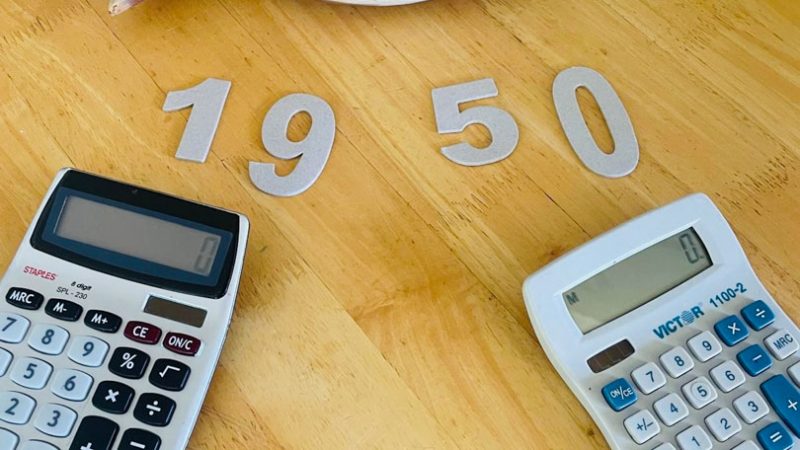
At FB, we focus on preparing children for a smooth transition to Kindergarten. By the end of their preschool years, our goal is for children to develop the skills necessary to approach the world with a sense of curiosity, openness, and joy. In addition to fostering a love for learning, we ensure that children are knowledgeable and comfortable with the basics of the Kindergarten framework.
